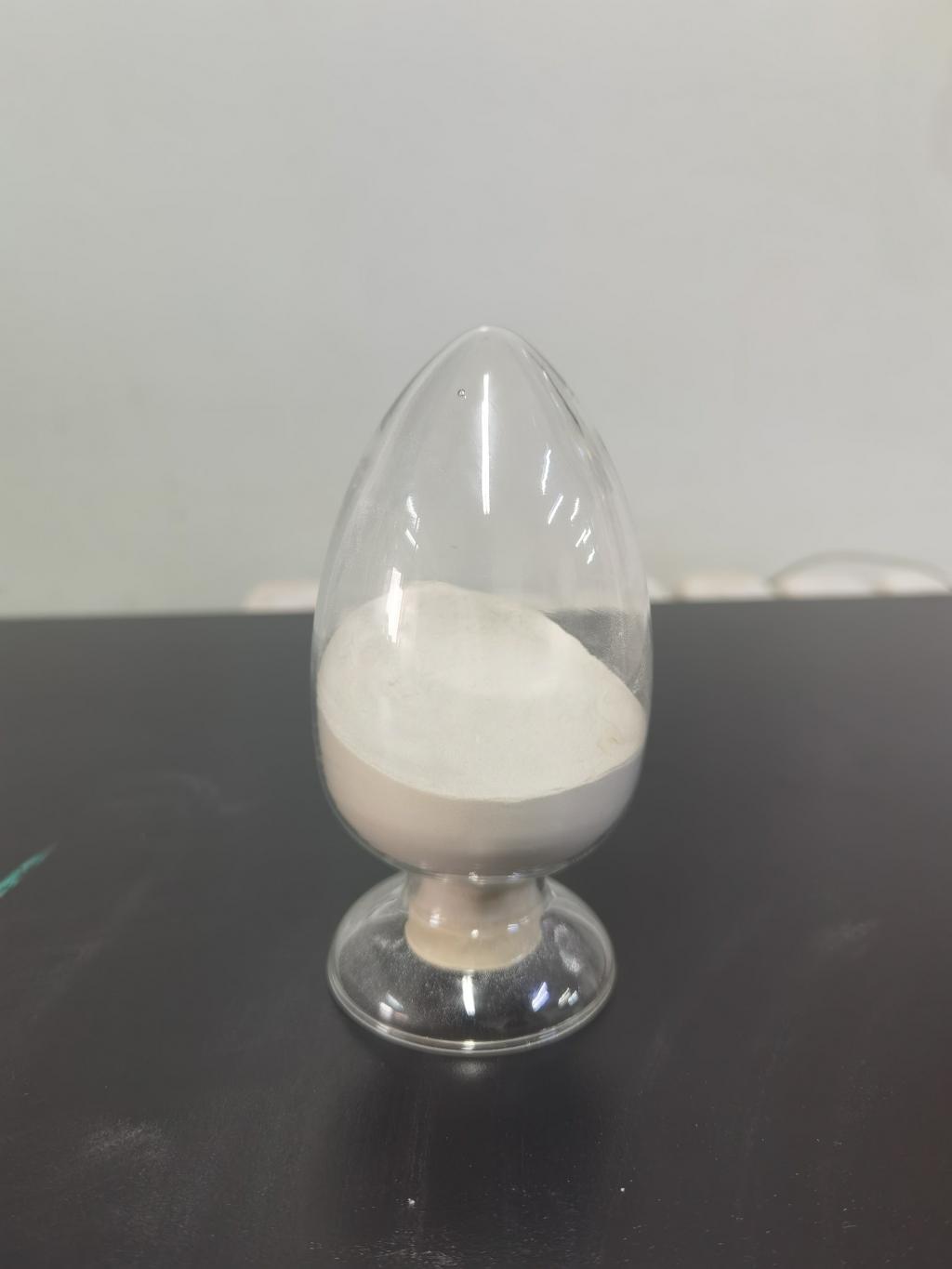Tel:+8618231198596

News
 CONTACT
CONTACT
 CONTACT
CONTACT
- Linkman:Linda Yao
- Tel: +8618231198596
- Email:linda.yao@dcpharma.cn
- Linkman:CHARLES.WANG
- Department:Overseas
- Tel: 0086 0311-85537378 0086 0311-85539701
News
Unlocking the Potential of Nisin in Biofilm Disruption
TIME:2023-12-19
Introduction:
Biofilms are structured communities of microorganisms embedded in a matrix of extracellular polymeric substances (EPS). These biofilms can form on a variety of surfaces, including medical devices, food processing equipment, and natural environments. The protective nature of the biofilm matrix makes it challenging to eradicate microbial populations, leading to persistent infections and decreased efficacy of cleaning and disinfection processes.
Mechanisms of Biofilm Formation:
Understanding the mechanisms underlying biofilm formation is crucial for developing effective strategies for disruption. Microorganisms adhere to surfaces and release extracellular polymeric substances, creating a protective environment that shields them from external threats. The biofilm matrix provides mechanical stability, nutrient availability, and resistance to antimicrobial agents.
Challenges Associated with Biofilms:
Biofilms are implicated in various challenges across different sectors:
a. Healthcare: Biofilm-related infections on medical implants and devices contribute to increased morbidity and mortality.
b. Food Industry: Biofilms on food processing equipment can lead to contamination and spoilage, affecting the quality and safety of food products.
c. Water Treatment: Biofilms in water distribution systems can reduce the effectiveness of disinfection processes and contribute to the corrosion of pipes.
Nisin: An Overview:
Nisin is a naturally occurring antimicrobial peptide produced by certain strains of Lactococcus lactis. Widely used as a food preservative, nisin has demonstrated efficacy against a broad spectrum of bacteria, including many pathogens. Its safety profile and regulatory approval make it an attractive candidate for various applications.
Mechanisms of Nisin Action:
Nisin disrupts bacterial cell membranes by binding to lipid II, a precursor in peptidoglycan synthesis. This disruption leads to pore formation, leakage of cellular contents, and ultimately cell death. The ability of nisin to target bacterial membranes makes it a potent antimicrobial agent.
Nisin and Biofilm Disruption:
Recent research has focused on the potential of nisin to disrupt biofilms. Studies have shown that nisin can inhibit biofilm formation, reduce biofilm biomass, and enhance the susceptibility of biofilm-embedded bacteria to antibiotics. The mechanisms involved in nisin's biofilm disruption include interference with EPS production, inhibition of quorum sensing, and direct damage to biofilm structure.
Applications of Nisin in Different Sectors:
a. Healthcare: Nisin-coated medical implants and devices may prevent biofilm formation and reduce the risk of device-related infections.
b. Food Industry: Nisin-based coatings on food processing equipment can mitigate biofilm formation, ensuring the safety and quality of food products.
c. Water Treatment: Incorporating nisin into disinfection protocols may enhance the control of biofilms in water distribution systems.
Challenges and Future Directions:
Despite the promising potential of nisin in biofilm disruption, several challenges need to be addressed. These include optimizing formulations, ensuring sustained release of nisin, and investigating potential resistance mechanisms. Future research should explore the combination of nisin with other antimicrobial agents and its application in complex environments.
Conclusion:
Biofilm-related issues pose significant challenges in various industries, and the search for effective biofilm-disrupting agents is ongoing. Nisin, with its well-established antimicrobial properties and safety profile, holds promise in combating biofilm formation and enhancing the efficacy of existing strategies. Continued research and development in this field may unlock the full potential of nisin as a versatile tool in the fight against biofilms.
- Tel:+8618231198596
- Whatsapp:18231198596
- Chat With Skype







